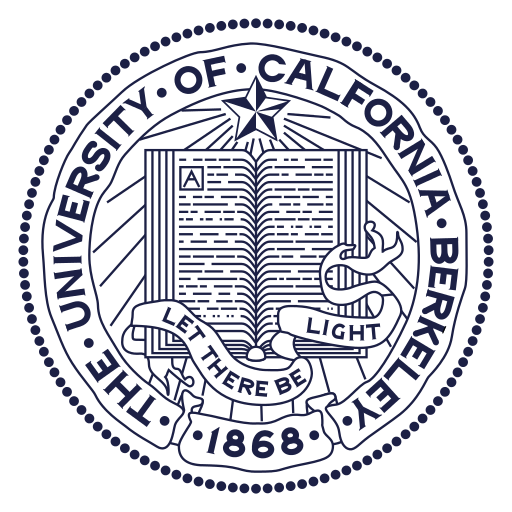"COMFORT" is an Associate Team between INRIA project-team NeCS and the Berkeley University project PATH, funded from 2014 to 2016.
2015 Results
Further extensions of the
energy-aware arterial bandwidth optimization
problem has been devised. A thorough comparison
of the proposed strategy with other algorithms
existing in the literature has been performed.
In particular, the presented solution has been
proved to outperform not only the offset-based
optimization proposed by Gomes [IEEE TITS 2015],
but also known arterial bandwidth strategies,
such as MAXBAND [TRB 1981].
Furthermore, the original stringent
assumption of under-saturated traffic
conditions, that is the assumption of a traffic
demand that guarantees the existence of a green
wave, has been relaxed. In particular, a study
at different levels of traffic demand and
congestion has been conducted to assess the
performance of the proposed strategy in
challenging scenarios. It has been demonstrated
that it is possible to tune the weights of the
optimization function in order to reach
Pareto-optimal operation conditions, also at
over-saturated traffic conditions.
A new comparison with the existing
arterial bandwidth algorithms at this point has
demonstrated that our extension to a
demand-adaptive framework allows to further
increase the gains and the benefits in terms of
energy consumption, average travel time, number
of stops and time wasted idling at traffic
lights.
During
the visit of Alain Kibangou at UC Berkeley,
discussions with Gabriel Gomes and Cheng-Ju Wu
(PhD student) took place according to traffic
prediction issues. For traffic flow prediction,
the UC Berkeley team has developed a boundary
flow prediction method that combines the most
recent traffic data with historical traffic
data. For this purpose an autoregressive moving
average with an exogenous input (ARMAX) model is
estimated online with the most recent vehicle
detector station data. Then a
multiple-step-ahead predictor of traffic demand
is obtained from the estimated ARMAX model by
solving a corresponding Bezout equation for each
predictor. At the INRIA side, instead of ARMAX,
flow or travel time are model as random walk
models whose statistical properties are learned
from historical data. Based on clustering of
these historical data, different models can be
learnt. Then a Kalman filter can be designed for
each cluster before fusing the different
predictors. It
is rather difficult to state about the
optimality of one approach with respect to the
other. Both are based on learning a model,
deterministic (ARMAX) or stochastic (random
walk), from historical data. It is worth noting
that while the traffic prediction topic is
active at the INRIA side through the PhD thesis
of Andres Ladino, it is currently on standby at
the Berkeley side since the departure of Dr
Thomas Schreiter from the team. However, lessons
learnt from the two approaches can give insights
to develop efficient method in particular for
large scale traffic network. Indeed, for such
networks, simple models that can be efficiently
learnt online must be developed. ARMAX can be
too complex while first order random walk model
can be too simple to capture the whole dynamics
of the traffic flow. New generation of model is
then to be investigated with new people involved
in this topic at UC Berkeley side.
 Menu
Menu
 Contact
Contact
Carlos Canudas De Wit
Director of Research at the CNRS
GIPSA-Lab, UMR CNRS 5216
BP. 46, F-38402, Saint Martin d'Hères, France
Tel: + 33.(0)4.76.82.63.80 (campus-Grenoble)
Tel: + 33.(0)4.76.61.53.64 (INRIA-Montbonnot)
Fax: + 33.(0)4.7682.6388
Cellphone: + 33 (0)6.85.73.70.16
carlos.canudas-de-wit@gipsa-lab.inpg.fr
 Members area
Members area
- Administrator
(Hassen Fourati)
- Restricted access to members only


